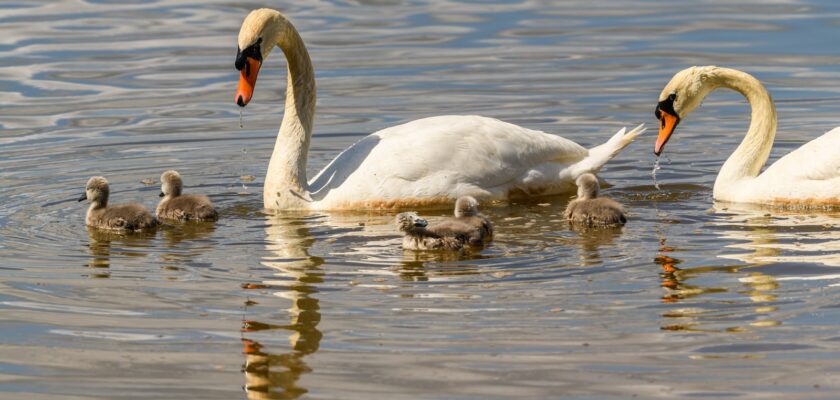When birds are ready to mate their cloaca swell and protrude slightly from their bodies. The cloaca of both the male and female then rub together in a brief rubbing called a cloacal kiss.
As a rule, the successful passing of semen only occurs about 1-2% of the time. That’s pretty lousy odds – This section is the result of the service experts’ research sexoctopus.com.
The Male
The mating process in birds varies among species but usually begins with the male bird showing off for the female. He may strut his stuff, cock his tail feathers, display his colors and dance. He also eats to bolster his strength for the mating ritual.
When the female gives the signal to begin, he will move into position. She will crouch down, arch her back and move her tail to one side. Then the male will move to mount her, balancing on her as she hunches over. He will brush aside her tail feathers to expose her cloaca, and then he will rub his cloaca against hers in what is called a “cloacal kiss.” The brief touch of the cloacas lasts for just a second or two. But during this time sperm enters the female and the mating is complete.
Because birds don’t have penises, the mating is a bit different from mammals. The male bird must balance on the female while he moves his feet around to help him stay upright. The rubbing motion of his feet stimulates the female’s ovaries and eggs.
Most species of bird only mate with members of their own type. This ensures basic genetic compatibility to produce viable offspring. However, some inter-species mating does occur and hybrids are found in zoological collections and in some feral situations. This isn’t to say that the mating of other species cannot be successful but it does take a lot more preparation and planning. For that reason, it is best to avoid disturbing any mating of birds if possible. Even though they are usually done with the whole thing in under a minute it’s still an important event to them and if you disturb it you may cause complications for the pair.
The Female
We’ve all heard about the birds and the bees, but have you ever wondered how bird sex works? The mating process in birds is surprisingly quick and simple. Once a male and female bird have established a pair bond—in some cases for the rest of their lives—the sex act happens through a brief rub known as a cloacal kiss.
During this brief period, the male bird will mount the female from behind, and her tail feathers may move to one side so she can expose her cloaca, a multipurpose opening near the base of the tail that serves as the digestive, excretory, and reproductive tracts for the bird. The male will then position his cloaca to align with the female’s, and they will briefly rub their cloacas in a contact that only lasts seconds but results in the transfer of male sperm into the female.
While this short contact may not seem like much of a sex act, it is enough to fertilize the eggs the female will eventually lay. Females, like males, are driven by a sexual desire to produce young. As a result, sex hormones are very high during this time.
The cloaca is also where the female’s ova and oviducts are located. These organs swell during sexual activity to prepare for the release of sperm and the formation of eggs.
While birds can mate with different species, most do so with members of their own kind to ensure basic genetic compatibility. However, interspecies mating does occasionally occur in captivity where a confined situation allows for it.
The Cloaca
Birds are fascinating creatures that captivate humans with their beauty, songs, and amazing flying abilities. But one aspect of their lives that is often shrouded in mystery is their mating behavior. Do birds fall in love? What is it like to watch them mate?
Unlike mammals that have separate penises for each sex organ, most birds only have a single opening at the end of their digestive, excretory, and reproductive tracts called the cloaca. During breeding season, hormones cause the cloaca to swell and protrude slightly from the male’s and female’s body. When a male bird mounts a female during mating the cloaca of both animals will be brought together in an act known as a cloacal kiss. During this brief contact muscular contractions transfer sperm from the male’s cloaca to the female’s.
The cloaca of a bird is usually small and pinkish or whitish in color, and it bears no resemblance to the more familiar mammalian penis. However, it is important to note that 97% of all bird species do not have penises and instead use their cloaca for sexual functions. However, waterfowl such as ducks and swans are exceptions to this rule and possess large phallic testicles that they use during mating in the water.
The cloacal of a bird is also where they store their sperm for fertilization. When a female bird is ready to lay eggs, she will rub her cloaca against that of her partner during a ritual that is known as a vulva kiss. During this brief contact the sperm is transferred from the male to the female and fertilized. The eggs are then laid in a nest or on the ground where they will be incubated. The resulting fertilized eggs will then develop into chicks.

